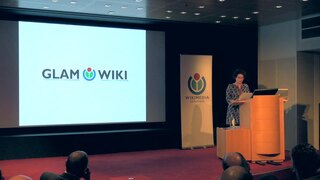
Public speaking, also called oratory, is the act or skill of delivering speeches on a subject before a live audience.

Rhetoric is the art of persuasion. It is one of the three ancient arts of discourse (trivium) along with grammar and logic/dialectic. As an academic discipline within the humanities, rhetoric aims to study the techniques that speakers or writers use to inform, persuade, and motivate their audiences. Rhetoric also provides heuristics for understanding, discovering, and developing arguments for particular situations.

Urdu is an Indo-Aryan language spoken chiefly in South Asia. It is the national language and lingua franca of Pakistan, where it is also an official language alongside English. In India, Urdu is an Eighth Schedule language, the status and cultural heritage of which are recognised by the Constitution of India; and it also has an official status in several Indian states. In Nepal, Urdu is a registered regional dialect and in South Africa it is a protected language in the constitution. It is also spoken as a minority language in Afghanistan and Bangladesh, with no official status.

Scots is an Anglic language variety in the West Germanic language family, spoken in Scotland and parts of Ulster in the north of Ireland. Most commonly spoken in the Scottish Lowlands, Northern Isles, and northern Ulster, it is sometimes called Lowland Scots to distinguish it from Scottish Gaelic, the Goidelic Celtic language that was historically restricted to most of the Scottish Highlands, the Hebrides, and Galloway after the sixteenth century; or Broad Scots to distinguish it from Scottish Standard English. Modern Scots is a sister language of Modern English, as the two diverged independently from the same source: Early Middle English (1100–1300).
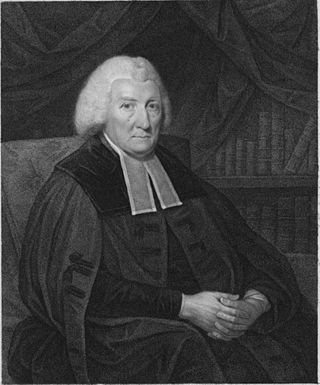
Hugh Blair FRSE was a Scottish minister of religion, author and rhetorician, considered one of the first great theorists of written discourse.
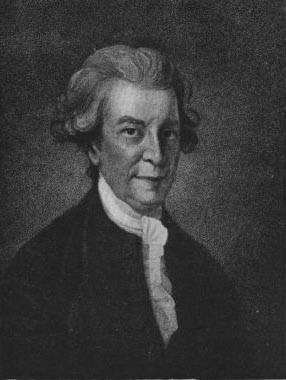
Thomas Sheridan was an Anglo-Irish stage actor, an educator, and a major proponent of the elocution movement. He received his M.A. in 1743 from Trinity College in Dublin, and was the godson of Jonathan Swift. He also published a "respelled" dictionary of the English language (1780). He was married (1747) to Frances Chamberlaine. His sons were the better known Richard Brinsley Sheridan and Charles Francis Sheridan, while his daughters were also writers - Alicia, a playwright, and Betsy Sheridan a diarist. His work is very noticeable in the writings of Hugh Blair.

Spoken word is an oral poetic performance art that is based mainly on the poem as well as the performer's aesthetic qualities. It is a 20th-century continuation of an ancient oral artistic tradition that focuses on the aesthetics of recitation and word play, such as the performer's live intonation and voice inflection. Spoken word is a "catchall" term that includes any kind of poetry recited aloud, including poetry readings, poetry slams, jazz poetry, pianologues, musical readings, and hip hop music, and can include comedy routines and prose monologues. Unlike written poetry, the poetic text takes its quality less from the visual aesthetics on a page, but depends more on phonaesthetics, or the aesthetics of sound.

The history of the Scots language refers to how Anglic varieties spoken in parts of Scotland developed into modern Scots.
Performance studies is an interdisciplinary academic field that teaches the development of performance skills and uses performance as a lens and a tool to study the world. The term performance is broad, and can include artistic and aesthetic performances like concerts, theatrical events, and performance art; sporting events; social, political and religious events like rituals, ceremonies, proclamations and public decisions; certain kinds of language use; and those components of identity which require someone to do, rather than just be, something. Performance studies draws from theories and methods of the performing arts, anthropology, sociology, literary theory, culture studies, communication, and others.

Pronuntiatio was the discipline of delivering speeches in Western classical rhetoric. It is one of the five canons of classical rhetoric that concern the crafting and delivery of speeches. In literature the equivalent of ancient pronuntiatio is the recitation of epics.
Gilbert Austin (1753–1837) was an Irish educator, clergyman and author. Austin is best known for his 1806 book on chironomia, Chironomia, or a Treatise on Rhetorical Delivery. Heavily influenced by classical writers, Austin stressed the importance of voice and gesture to a successful oration.

John Thelwall was a radical British orator, writer, political reformer, journalist, poet, elocutionist and speech therapist.
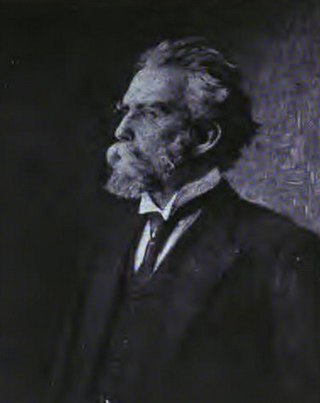
Samuel Silas Curry was an American professor of elocution and vocal expression. He is the namesake of Curry College in Milton, Massachusetts.
Debating societies emerged in London in the early eighteenth century, and were a prominent feature of society until the end of the century. The origins of the debating societies are not certain, but by the mid-18th century, London fostered an active debating culture. Topics ranged from current events and governmental policy, to love and marriage, and the societies welcomed participants from all genders and all social backgrounds, exemplifying the enlarged public sphere of the Age of Enlightenment.

Declamation is an artistic form of public speaking. It is a dramatic oration designed to express through articulation, emphasis and gesture the full sense of the text being conveyed.

Professor David Charles Bell, was a Scottish-born scholar, author and professor of elocution. He was an elder brother to Alexander Melville Bell and uncle to Alexander Graham Bell.
Marian Wilson Kimber is an American musicologist and a Professor of Music at the University of Iowa. Having completed a dissertation on the autograph scores of Felix Mendelssohn's piano concertos, Wilson Kimber received her PhD in Musicology from Florida State University in 1993. Her work covers topics of gender, biography, performance, and bibliography in the nineteenth century. Specifically, she has published on Felix Mendelssohn-Bartholdy and Fanny Mendelssohn Hensel, Jane Austen, spoken-word recitation to musical accompaniment, and female performance genres. Wilson Kimber's recent book The Elocutionists: Women, Music, and the Spoken Word, was a recipient of grants from both the American Musicological Society and the Society for American Music.
Charmaine Andrea Nelson is a Canadian art historian, educator, author, and independent curator. Nelson was a full professor of art history at McGill University until June 2020 when she joined NSCAD University to develop the Institute for the Study of Canadian Slavery. She is the first tenured Black professor of art history in Canada. Nelson's research interests include the visual culture of slavery, race and representation, Black Canadian studies and African Canadian history as well as critical theory, post-colonial studies, Black feminist scholarship, Transatlantic Slavery Studies, and Black Diaspora Studies. In addition to teaching and publishing in these research areas, Nelson has curated exhibitions, including at the Robert McLaughlin Gallery in Oshawa, Ontario, and the Leonard and Bina Ellen Art Gallery at Concordia University in Montreal, Quebec.
William Cockin was an English schoolmaster and versatile author.
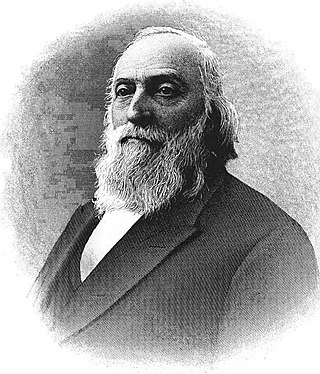
John Celivergos Zachos was a Greek-American physician, literary scholar, elocutionist, author, lecturer, inventor, and educational pioneer. He was an early proponent of equal education rights for African Americans and women. During the American Civil War, he was the superintendent at Port Royal and a main figure in the Port Royal Experiment. In his book, Phonic Primer and Reader he developed a special system to educate freed slaves. He advocated and expanded the oratory systems of François Delsarte and James Rush.













